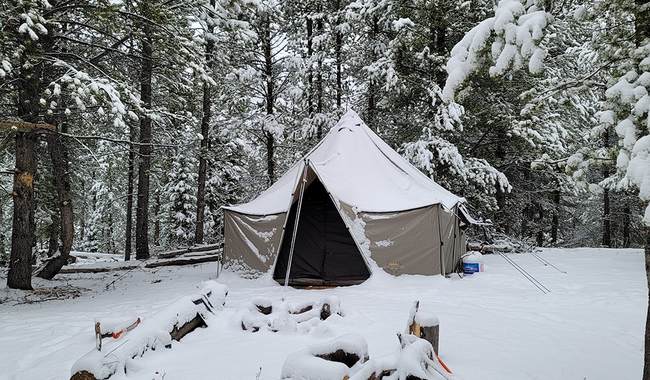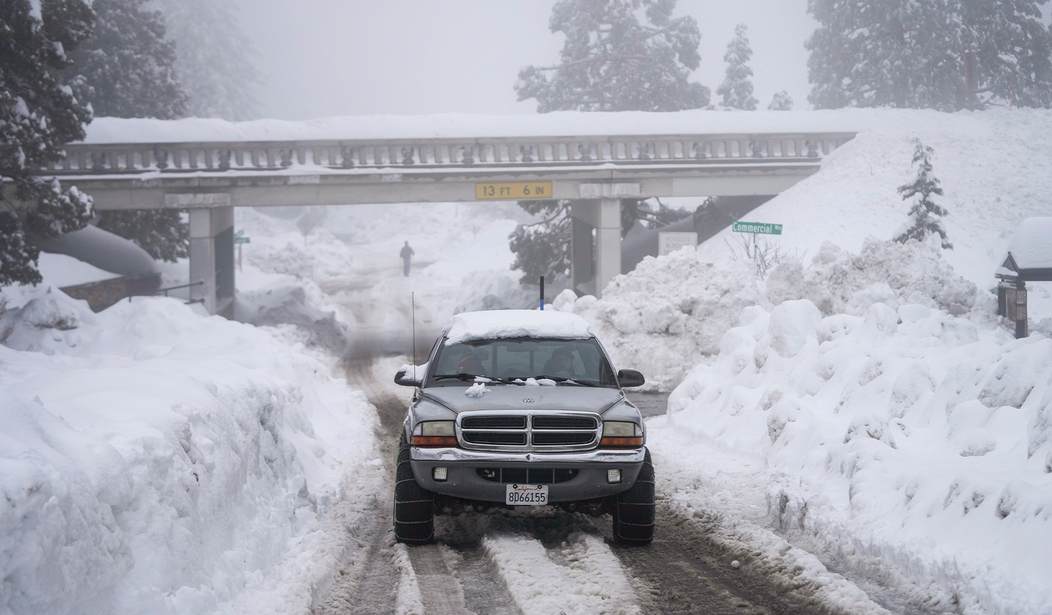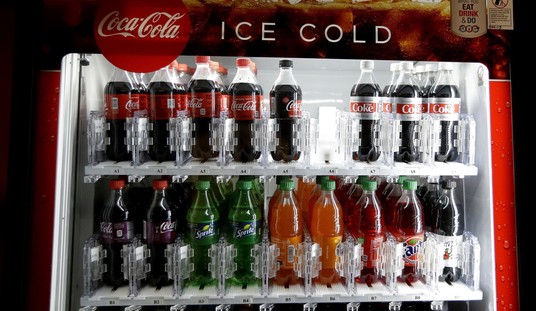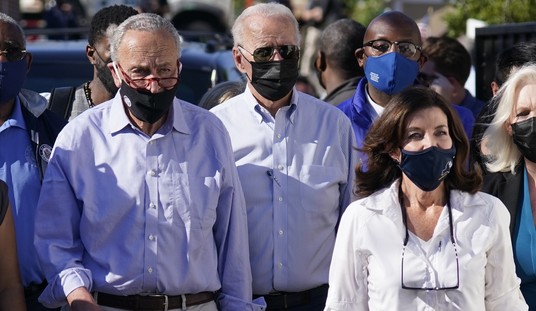Weather has always been weather. Some years are good, some years are bad. In North America, Pacific Ocean currents can have a big effect on weather from year to year, especially the events known as La Niña and El Niño. The latter can result in significant snowfalls in the United States.
This year? Gird your loins, folks; the United States is facing an El Niño winter, and big snow is expected in the western states.
During stronger El Niño winters, there is more snow than average in the Midwest area of the U.S. and western states like Colorado, New Mexico, Arizona and Utah.
New England confronts far less snow than normal during intense El Niño seasons - New York, Vermont and parts of Maine are likely to see far less snowfall this winter than the average from 1991-2020.
New Yorkers will have to take their winter coats back out of storage after last year's unusually dry winter - thanks to this year's strong El Niño.
 The West is already getting dumped on; I can attest to this from personal experience, as our recent Colorado elk hunt was visited with several inches of snow up in the Gore Range.
The West is already getting dumped on; I can attest to this from personal experience, as our recent Colorado elk hunt was visited with several inches of snow up in the Gore Range.
A storm departed the Pacific Northwest last week, which coated the area from Montana to North Dakota with nearly a foot of snow and brought cold air southward.
A second storm developed in the Rocky Mountains over the weekend, burying Denver in four to 10 inches.
The snowfall has been historic for some regions.
With 14 inches through Halloween, the city of Glasgow, Montana, has faced its snowiest-ever start to the winter season.
The La Niña/El Niño cycle isn't exactly a new thing. It's been going on for centuries, probably millennia; its effects are well-known. Sure, some years are colder than others; some years have more rain and snow than others. That's weather -- it's there every day -- and over long intervals, it changes. As recently as the Miocene era, there were no polar ice caps. Farther back in the Eocene, most of the planet was covered in tropical forests. What will things be like in another 10 million years? There's no way of knowing. What I do know is that winters, in my late 1960s to early '70s youth in northeast Iowa, we had some bitterly cold days and snow measured in feet; while nowadays, our family that still lives in that part of the country reports only light snowfalls and milder temperatures than I recall.
Weather is funny like that.
One comfort for this correspondent; a look at the map provided in the Daily Mail article portends a less-than-average snowfall for the Susitna Valley, which after our last two winters with snow measured in feet -- and in double digits of feet in places north of Talkeetna -- we could use a slightly less-snowy winter for once. And Governor Dunleavy has taken precautions to ensure we Alaskans know that winter is coming.
Alaskans. Being reminded. That winter is coming.
Don't panic: break out your winter coats; start up your snowblowers, and make sure they are running properly. Take a look at your snow shovels; make sure they are in good shape. If you have a wood stove, stock in a little extra firewood. It may be a hard winter and it may not be, but it never hurts to be prepared.















Join the conversation as a VIP Member